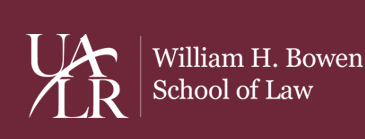
Document Type
Article
Abstract
During the 2020 election, voting by mail was touted as a way to safely vote from home and avoid the risks of contracting COVID-19. While voting by mail is definitely safer than in-person voting, it also assumes that all citizens have equal access to the mail services needed for voting by mail. Lawyers, acting on behalf of Navajo plaintiffs in Arizona, argued in Yazzie et al. v. Hobbs (2020) that voters living on the Navajo Nation faced impermissible barriers in accessing voting by mail. They provided evidence showing there was limited mail service on the reservation and that mail delivery times were much longer than in a number of off-reservation communities. Arizona District Court Judge G. Murray Snow denied the plaintiffs’ request for a preliminary injunction, concluding that there was not sufficient evidence showing a disparate burden, as required by Section 2 of the Voting Rights Act. He suggested that disparities in access and delivery times might be due to rurality rather than discrimination against a protected class. In this Article, we delve deeper into the evidence presented by the plaintiffs and then provide new evidence, showing disparities between access and delivery times on the reservation and those in off-reservation locations, including the most rural areas of the same counties.
Recommended Citation
Jean Reith Schroedel, Kara Mazareas, Joseph Dietrich, and Jamaica Bacus-Crawford,
Yazzie v. Hobbs: The 2020 Election and Voting by Mail On- and Off-reservation in Arizona,
44 U. Ark. Little Rock L. Rev. 193
(2021).
Available at: https://lawrepository.ualr.edu/lawreview/vol44/iss2/1
